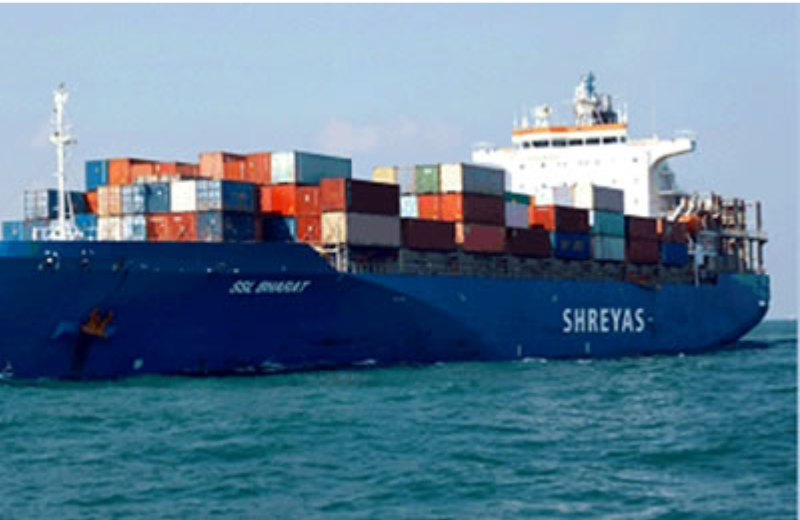Use of low sulphur fuel is increasing the operational cost of coastal ship operators, while the cost of moving cargo by road and rail remains unchanged, making difficult the survival of coastal shipping
Coastal container shipping growth in India has witnessed downward trend in CY 2019 by approximately 10 per cent compared with last year growth of approximately 25 per cent. Low growth in CY 19 against CY 18 is due to addition of capacity and paltry conversions of cargo from rail and road to coastal. Total coastal shipping market size is 280-300,000 teus/anum laden coastal and 230-250,000 teus empties per annum.
Indian coastal ships carry 70-80 per cent filled capacity of cargo in each trip from west to east with mostly empties in return, resulting in unviable trade for the players to sustain in the long run. Most of the operators have shut down their operations in the last couple of years. Major cargoes handled still remains same namely cotton, rice, wheat, sanitary ware, tiles, marbles, fertilizers, minerals, etc. Even though there has been tremendous impetus given to specific commodities by the government, usage of coastal shipping is unattractive to domestic players and traders due to high transit time, cost and multimodal cargo handling process.
Currently, coastal shipping captures 6-7 per cent of cargo traffic at ports. The Sagarmala programme plans to double this by 2025 supported by initiatives namely Coastal Berth Scheme; relaxation of Cabotage; abatement of service tax on coastal shipping; green channel clearance for coastal cargo; exemption on lighthouse dues for coastal ships and reduction in GST on bunker fuel to 5 per cent from 18 per cent.
With the huge railway network and the potentiality of coastal shipping, Container Corporation of India entered coastal shipping with initial focus on the West Coast. This has been extended to the east coast subsequently.
Inland waterways currently contribute around 6 per cent to India’s transportation modal mix, which is significantly less than that in developed economies and some of the developing economies. In some countries, the share is over 50 per cent.
Apart from the perennial challenges, coastal operators mentioned that usage of low sulphur oil is increasing the cost by twofold and also the non-availability of this oil at some ports especially on east coast can halt ship operations. Currently, cost of moving the cargo through rail and road transportation is intact, on the flip side, coastal shipping cost has spiked due to the new IMO Mandate of using low sulphur oil. The new rule means that the global limit for sulphur in fuel oil used on board ships has been reduced to 0.5 per cent m/m (mass by mass) from the earlier 3.5 per cent. Ship fuel or bunkers account 20-30 per cent of the operating cost of a vessel.
Bunker suppliers say that east coast require about 30,000 tons of low sulphur fuel oil a month to meet the requirement of coastal ships plying on local routes. The situation on the West coast is relatively better due to the availability of the fuel in Kandla and Cochin for most coastal ships. Ships plying in international waters are not affected by the fuel scarcity because they can lift bunkers in Singapore, Colombo or from the Gulf region during stop overs. The refiners are only catering to their own use vessels. So, there is not much of product they can allot to coastal ships on the East coast. During the recent meeting of the Government with ship operators, government advised ship operators to use diesel oil till the situation improved. But, ship owners claims that this was not a workable and sustainable option.
The given advice is not an appropriate solution because diesel oil is costing around ₹80-90,000 a ton. Each coastal vessel typically consumes as much as 25 tons of bunker a day. Already from normal fuel oil, which is costing ₹30-35,000 a ton, moving to use low sulphur fuel oil priced at ₹55,000 a ton and usage of diesel oil of ₹87,000 a ton in case of non-availability are not feasible.
This situation can halt feeder services on Indian coast whilst affecting India’s efforts to promote container transhipment business from Indian ports as well. Exporters and importers easily switch to Colombo and Singapore for transhipment of their cargo. Thus, the whole efforts induced by the government and players to bring transhipment cargo back to India, will go in vain.







